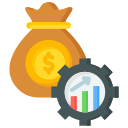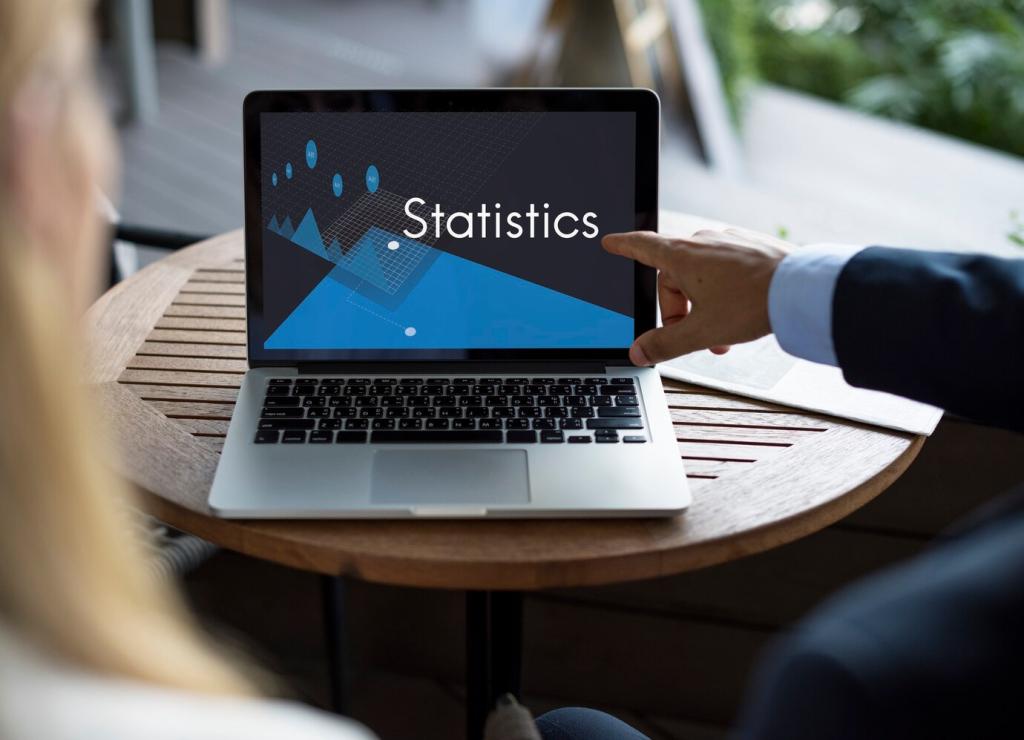Selecting the Right Analytical Stack for Budget Optimization
Business intelligence excels at visualizing historical and near-real-time performance. Enterprise performance management and FP&A platforms add planning, forecasting, and workflow. For budget optimization, combine their strengths so analysis feeds planning cycles without manual exports or fragile spreadsheets everywhere.
Selecting the Right Analytical Stack for Budget Optimization
Automate data refreshes from ERP, HRIS, and procurement to keep budget views current. Use standard connectors, versioned transformations, and validation checks. Document ownership and alerting so anomalies are flagged quickly. Comment with your toughest integration challenge—we will cover solutions in future posts.










